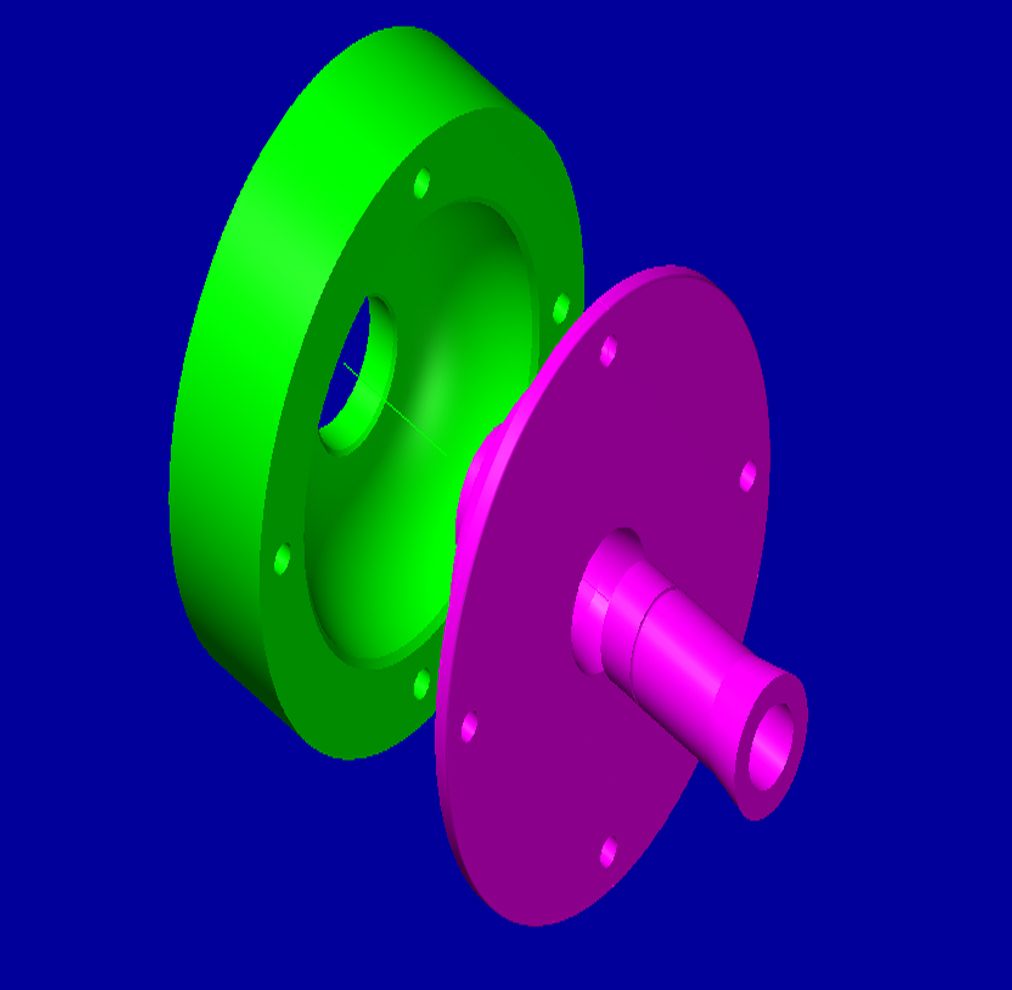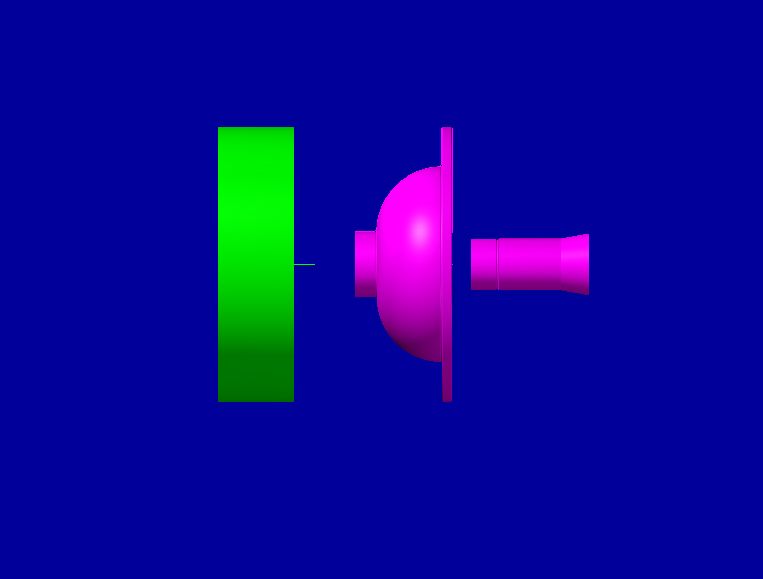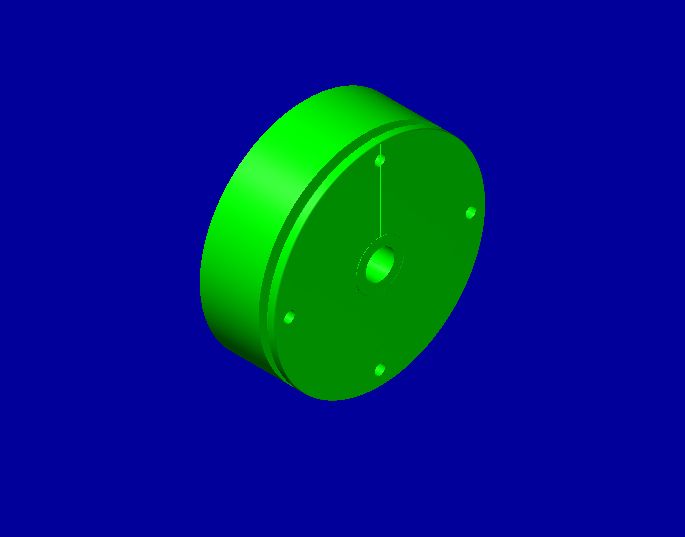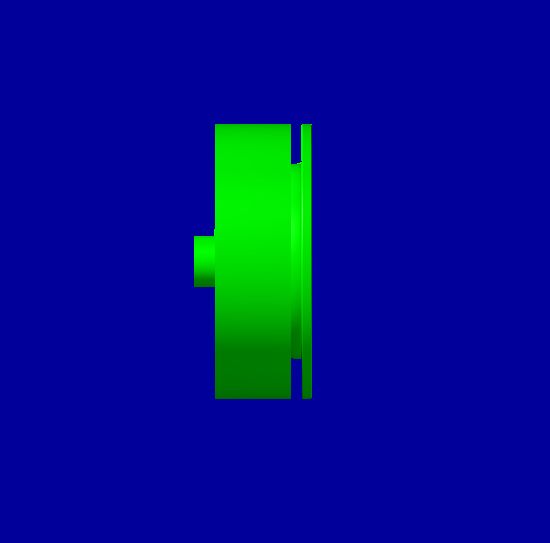Right now the only two that I have seen are the Viper and PTG. In you're experience which is better suited for chambering barrels or is there another? I worry that I may get chatter with that much handing out of the chuck, any experience here? I decided instead of looking for new lathes now I would get one of these and use with the lathe at work or my friends house, one day however I will have my own. Just wanted to know the thoughts of the guys who use them here! Thanks
Ben
Ben







